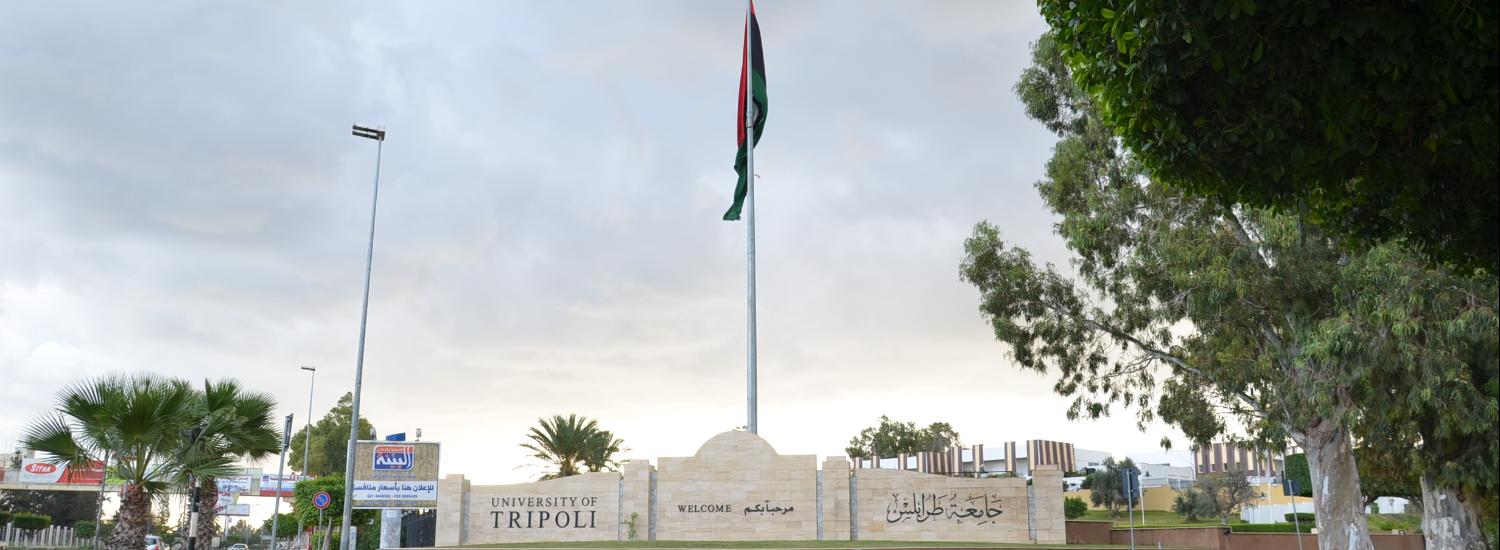قسم الزراعات المائية
المزيد ...حول قسم الزراعات المائية
إيمانا من كلية الزراعة بأهمية البحر واستغلال ثرواته الهائلة مصدرا مهما للبروتين الحيواني للإنسان ونظرا للدور التي تلعبه الثروة البحرية إحدى دعائم الاقتصاد الوطني تم إنشاء قسم الزراعات المائية في سنة 1995م، ومن الأهداف الرئيسة للقسم و التي تشمل مجالات عديدة تتعلق بالمحافظة والتنمية والاستثمار الاقتصادي للعديد من الموارد البحرية الوطنية,الإسهام الفعال في تحقيق الأمن الغذائي بتعويض النقص المتزايد في كمية الأسماك المصيدة المترتب عن استنزاف المصائد، والناتج عن عمليات الصيد الجائر, وذلك من خلال تأهيله لخريجين مؤهلين وقادرين علمياً وعملياً على تفريخ وتربية الأسماك الاقتصادية المرغوبة محلياً وعالمياً, والإسهام الفعال في تحقيق التنمية المستديمة للموارد السمكية الموجودة في البيئة البحرية الوطنية من واقع تفهمهم لكيفية المحافظة وتنمية واستثمار هذه الموارد، التأكيد على كيفية استغلال الموارد والثروات البحرية بما يكفل المحافظة عليها واستثمارها بشكل دائم، التعاون مع بعض المراكز البحثية والمؤسسات الوطنية الأخرى ذات العلاقة.
حقائق حول قسم الزراعات المائية
نفتخر بما نقدمه للمجتمع والعالم
المنشورات العلمية
هيئة التدريس
الطلبة
الخريجون
من يعمل بـقسم الزراعات المائية
يوجد بـقسم الزراعات المائية أكثر من 6 عضو هيئة تدريس

أ. هالة محمد خليفة الاسود
عضو بهيئة التدريس بقسم الزراعلت المائية حاصلة على ماجستير بعلم الحيوان من جامعة الزاوية تعاونت في جامعة غريان والمعهد العالي لتقنيات علوم البحار بصبراتة درست عدة مقرارات منها علم الحيوان ، اللافقاريات ، الفقاريات ، علم الانسجة، تصنيف الأسماك، بيولوجيا الأسماك ، علم المصايد السمكية ،علم الأسماك نشرت عدة بحوث أخرها تصنيف الأخطبوط في الساحل الليبي لمدينتي صرمان وصبراتة في مجلة كلية العلوم /جامعة مصراتة ، ودراسة محتوى الغذائي ونشاط التغذية لنوعين من أسماك الصاوروفي مجلة علوم البحار والتقنيات البيئية .





